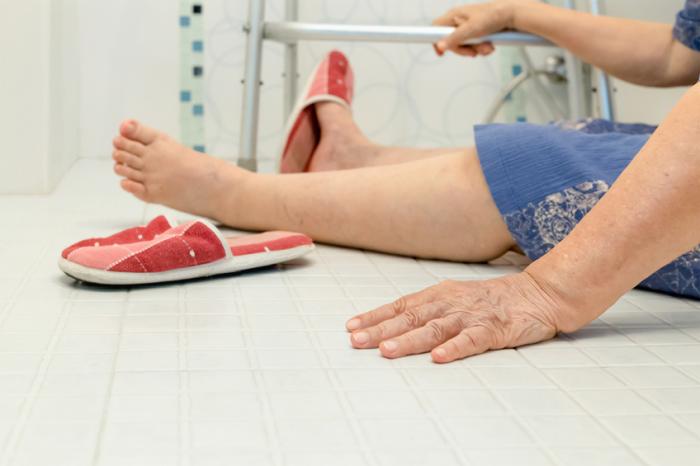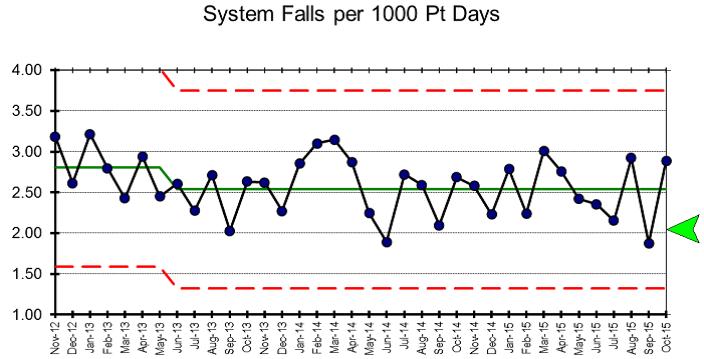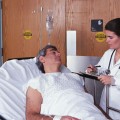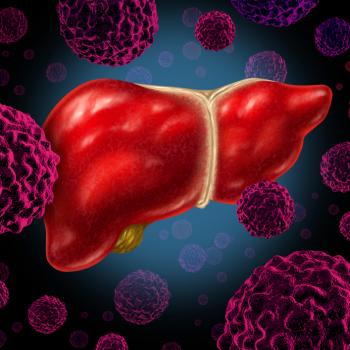A stroke is a medical emergency that can occur when the blood supply to part of the brain is cut off.
A stroke can also occur when a blood vessel in the brain bursts and spills blood into the spaces between and around the brain cells.
Contents of this article:
- What is a basal ganglia stroke?
- Causes and types of stroke
- Symptoms of a basal ganglia stroke
- Basal ganglia stroke treatment
- Stroke risk factors and prevention
What is a basal ganglia stroke?
Blood carries oxygen to the brain. When blood flow to an area of the brain is disrupted or stopped, the brain can’t get enough oxygen. Brain cells in the affected area are injured and die.

Strokes are very dangerous and require immediate medical attention.
Deep in the center of the brain lies the message center of the brain, an area of cells called the basal ganglia. These cells work together to control the following:
- Movement
- Personality
- Muscle control
- Vision
- Sensation
- Some aspects of thinking
A basal ganglia stroke is particularly dangerous because this area of the brain is so important.
Causes and types of stroke
There are several different kinds of strokes, all with different causes. The three main types of strokes are as follow.
Ischemic stroke
This common stroke happens when a blood vessel carrying blood to the brain is blocked by a blood clot, making it impossible for blood to reach the brain. Over 80 percent of all strokes are ischemic.
An ischemic basal ganglia stroke may occur when a blood vessel fed by the middle cerebral artery has a clot.
Hemorrhagic stroke
This less common type of stroke accounts for almost 40 percent of all stroke deaths, according to the National Stroke Association. This type of stroke happens when blood spills from a burst or leaky blood vessel into the tissue around the brain. This creates swelling and pressure that damages the brain.
The basal ganglia is one of the areas most commonly affected by hemorrhagic strokes due to uncontrolled hypertension.
TIA, or transient ischemic attack
These events are often described as mini strokes. More accurately, stroke-like symptoms occur for less than 24 hours and resolve with no lasting damage. These events may be a warning sign of a stroke.
Symptoms of a basal ganglia stroke
Strokes have a group of common symptoms. Knowing these signs and symptoms can save a life. However, a basal ganglia stroke has some unique symptoms that may make it harder to identify than other types of stroke.
Common stroke symptoms include:

There are many different stroke symptoms, some common and some unique to basal ganglia strokes.
- Sudden numbness or weakness in the face, arm, or leg on one side of the body
- Sudden confusion, trouble communicating, or understanding
- Severe headache
- Trouble walking and loss of balance and coordination
- Sudden trouble seeing in one or both eyes
- Droopy, uneven smile
A basal ganglia stroke may also cause those symptoms, but can cause other symptoms that include:
- Weak or very stiff muscles that restrict movement
- Difficulty swallowing
- Tremors
- Loss of awareness of one side of the body
- Severe apathy
- Personality changes
Anyone who notices these symptoms in themselves or someone else, they should seek immediate medical attention.
Basal ganglia stroke treatment
Treatment for a basal ganglia stroke depends on what kind of stroke occurred and how quickly medical attention was received. In select cases, people with ischemic basal ganglia strokes may receive a drug that will break up blood clots.
Those with hemorrhagic basal ganglia strokes may need to have surgery. Increased pressure may need to be relieved surgically. In certain cases, a surgeon can insert a small device into the opened artery to close it. Larger bleeds may need more significant surgery.
Outlook
A stroke of any kind can be life-threatening. However, if medical intervention is sought quickly, a patient will be more likely to make a better recovery.
Recovering from a stroke can be a lifelong process. The outlook after a basal ganglia stroke depends mainly on how much damage the brain suffered. If the basal ganglia is only mildly damaged, a better recovery is more likely.
One study found that patients with damage in this area of the brain don’t respond as well to rehabilitation efforts as patients with damage in other areas of the brain.
Lasting effects from a basal ganglia stroke can include:
- Changes in sensation: People recovering from a basal ganglia stroke may have a hard time feeling or knowing when they are touched. This can make it hard to tell how the body is moving and regain control of these movements.
- Loss of movement: Like all strokes, basal ganglia strokes may cause lasting muscle weakness, particularly on the left side.
- Difficulty starting, stopping, or sustaining movement: Damage to this area of the brain makes regulating movement difficult.
- Changes in vision and eye movement: A stroke may take away a large part of the person’s visual field. After a stroke, it can be difficult to look up or control the way the eyes move.
- Changes in personality: The stroke may make a person laugh or cry at times that don’t make sense. Many stroke victims also deal with depression after a stroke.
- Change in judgment: Confusion is common after a stroke, which makes it hard to make decisions and think logically.
- Changes in speech: A person recovering from a stroke may mix up words, forget words altogether, or make up words when speaking.
Stroke risk factors and prevention
Knowing the risk factors could help prevent any stroke. Strokes are most likely in older African-American, Alaska Native, and Native American adults. However, people of all ages and ethnicities are at risk. Other medical risk factors include:

Maintaining a healthy lifestyle can decrease stroke risk.
- Family or personal history of stroke
- History of TIA
- High blood pressure
- Atrial fibrillation – when the upper chambers of the heart contract in an irregular way
- High cholesterol
- Diabetes
- Carotid artery disease – a narrowing of the arteries in the neck that supply blood to the brain
While no one can totally prevent all of the risk factors, there are many ways to decrease stroke risk. Stroke risk can be decreased by:
- Maintaining a healthy weight through diet and exercise
- Controlling blood pressure
- Managing diabetes
- Quitting smoking
- Limiting alcohol use



